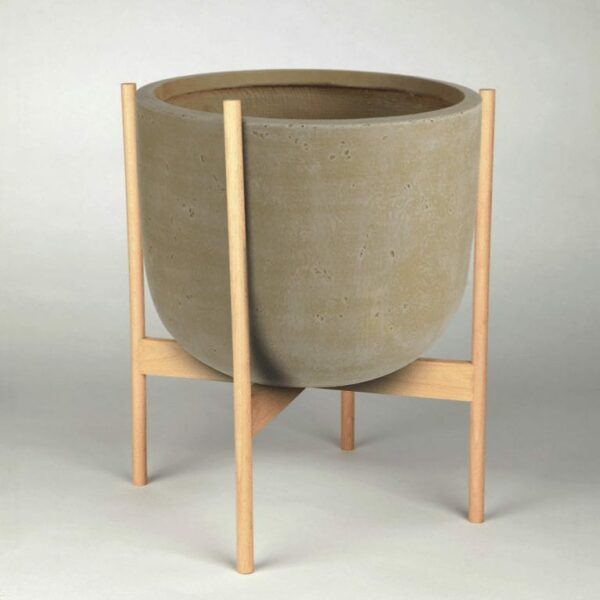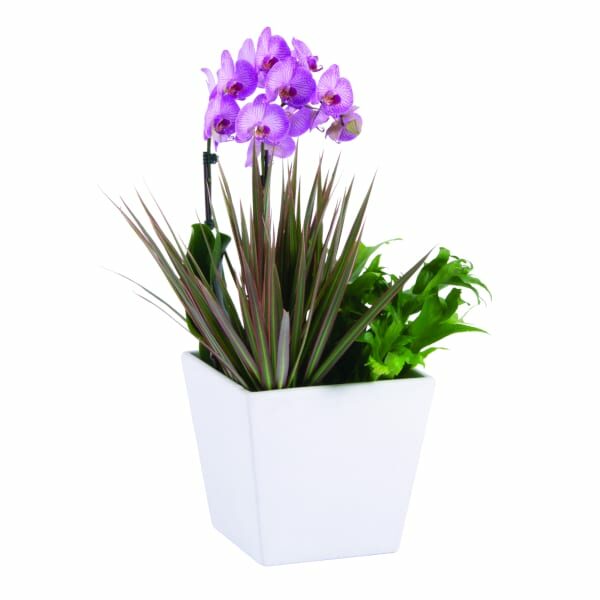The transition from Summer to Fall plant care can be challenging, but rest assured this article will give you a better understanding of how to keep your indoor plants alive during the colder seasons. Since plants go into a rest period starting in the fall, they have different needs than they do in the warmer months. Read below to find out the steps you should take to prepare your plants for their dormant period.
Water Less
Plants need less water while they’re in their rest period, as they’re growing slower and getting less light. Because of this, you can (and should!) let the soil dry out more than you typically would.
Over-watering in the fall can harm and potentially kill your plants. When you do water them, use warm water so you do not shock your plant. If your home has very dry air, this is one instance where you may need to water a bit more regularly. If you have trouble figuring out when your plants need water, this Soil Moisture Meter for Plants is a great support.
Think Ahead: Repot Before Fall Begins
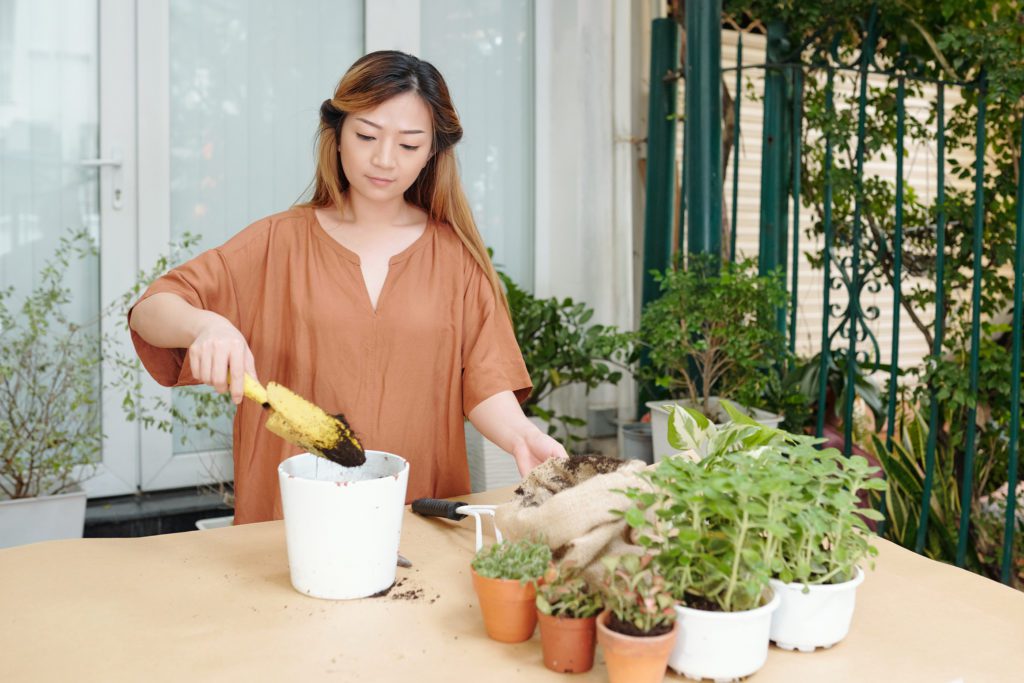
You shouldn’t repot your plant in the Fall or Winter, so you should check your plant now to see if it needs repotting. Some signs that it needs repotting are roots growing through the drainage holes at the bottom, slowed growth, or your plant’s soil drying up quicker than usual.
Prepping your plant ahead of its rest period is important. This will set the plant up for success once it comes out of dormancy.
Keep Plants Thriving by Saying Goodbye to Fertilizer
Plants naturally slow down their growth in the Fall and Winter, so you shouldn’t give them fertilizer during their dormant period. Fertilizing during the winter period can lead to brown leaf tips and fertilizer burn. However, it is best to wean them off fertilizer instead of abruptly stopping.
8 weeks before you expect your first fall frost, you should start the weaning process. Consider reducing the amount of fertilizer to half of the regular amount, and then gradually extend the amount of time in between fertilizing sessions. Once Winter comes, your plants should receive no fertilizer at all.
You can resume fertilizing your plants once Spring arrives.
Give your Plants More Light
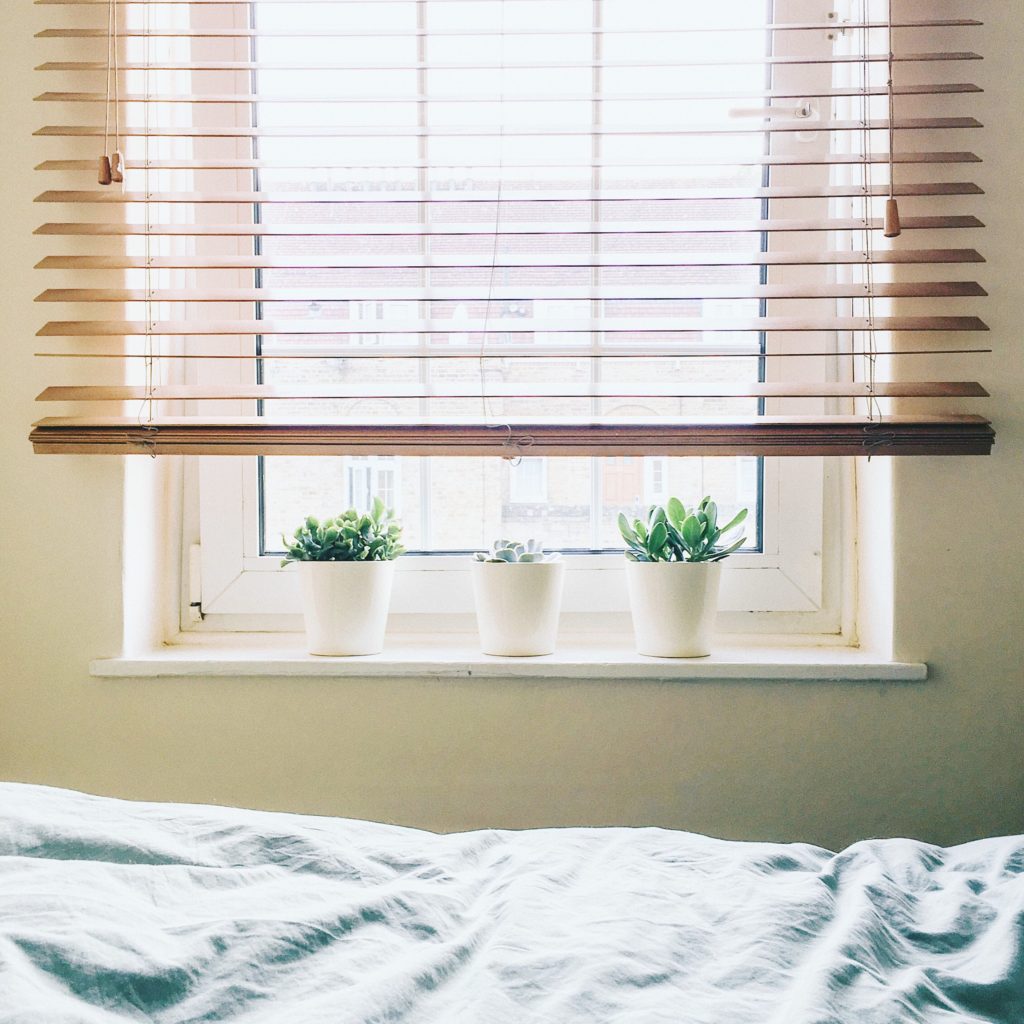
The days begin to get shorter in the fall, which means that plants get less natural sunlight. Be sure to keep them near (but not too close to) a window during the day so they can get as much natural light as possible. If the windows are not properly sealed it can create problems like excessive dropping of leaves, so be sure to seal or insulate them well. As a general rule, you should move the plants away from windows or drafty areas before dusk.
If you don’t feel confident about the amount of natural light your plants are receiving, you can supplement with a grow light.
If you need some assistance figuring out the natural lighting in your space, our light requirements for plants guide goes over the various window directions and the main types of natural light settings your plants may require.
Bring your Indoor Plants Back Inside to Keep Them Alive
Did you bring your plants outside for the summer? Some plants, like cacti for example, love direct sun and dry summer heat. However, it is best to bring those plants back inside before it starts getting too cool out. It is a detrimental step in keeping indoor plants alive.
The critical temperature for plants is 55 degrees Fahrenheit. They will need to be moved back in when it gets to be that cold outside. Extreme temperature shifts are harmful to plants. Here’s a detailed temperature guide for indoor plants.
Give Your Plants a Trim
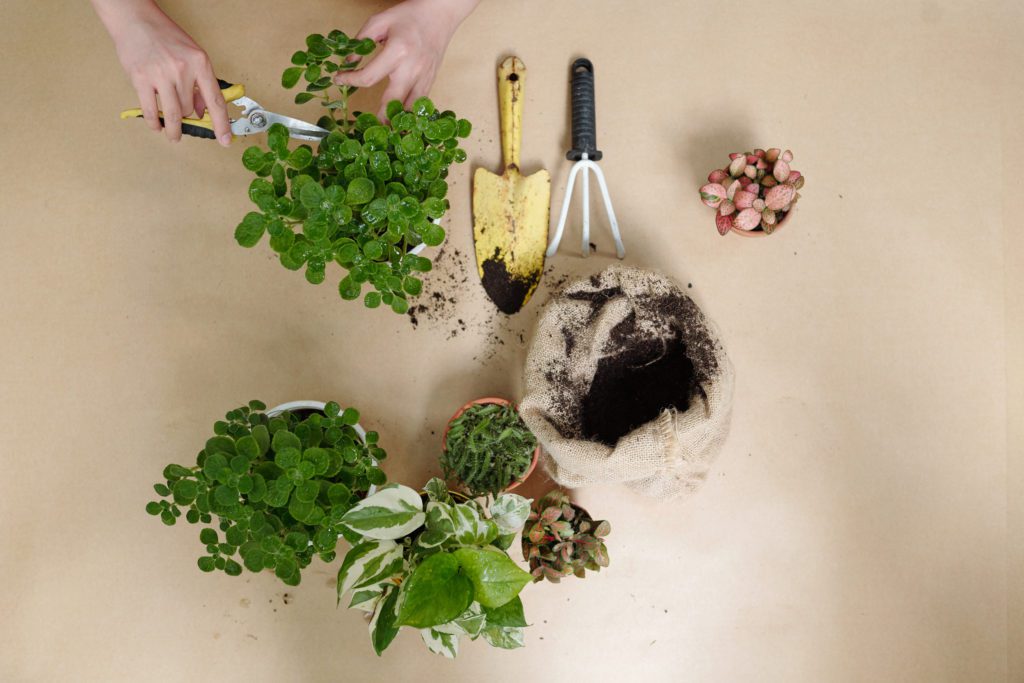
Pruning a plant is ideal in the Spring and Summer months as it triggers new growth, however, trimming off the dead ends in preparation for the fall season can still be helpful to your plant. It is normal for indoor plants to lose some leaves in the fall and winter, so when you trim it back you’re supporting its natural process.
Additionally, this leaves room for your plant to develop some new bushy growths once it resumes its usual growing routine in the spring time.
Keep Indoor Plants Alive by Checking for Pests
It is crucial to check your plants for infestations, especially if they were outside for a while. Plants that are outdoors will likely pick up a few pests, so its best to rid plants of them before bringing them inside.
To do this, you should spray your plant with Safer Soap to rid your plant of pests. You can also soak your plant in a 90/10 mixture of ivory liquid soap and water if you’d like to DIY. Here’s our full guide for troubleshooting common plant problems such as infestations.
Your plants would also appreciate a good shower. Dirt and dust build up on your plants’ leaves can hinder its ability to photosynthesize. Ridding them of any grime and unfavorable residues gives your plant its best shot at staying alive through the winter.
Increase the Humidity
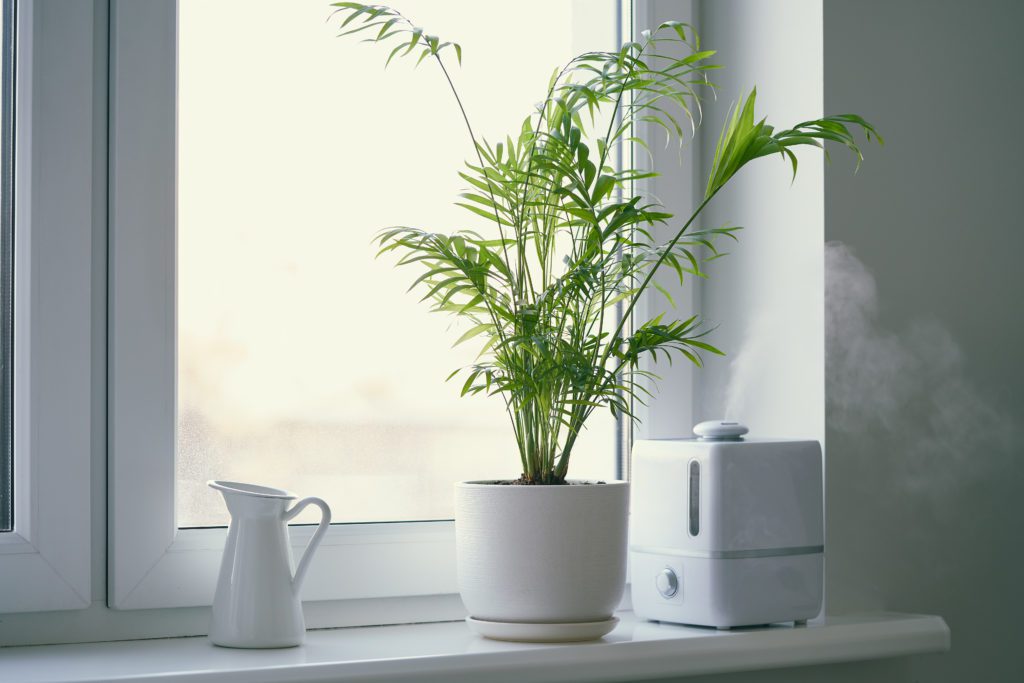
Once the weather becomes cooler, we tend to turn on the heat in our homes. This makes the air dry, and most indoor plants do not like that. To increase the humidity indoors, you can purchase a portable humidifier or bring your plants closer together to naturally increase the humidity in the area.
You Got This!
Though it can be challenging, keeping indoor plants alive in the fall and winter months is not impossible. Stick to this guide and your plants should endure the change of seasons just fine.
Interested in learning about the general care indoor plants need while they’re actively growing? Visit our article “How to Keep Indoor Plants Alive: Janet’s Guide” to read all about purchasing your plant to troubleshooting common plant problems.




